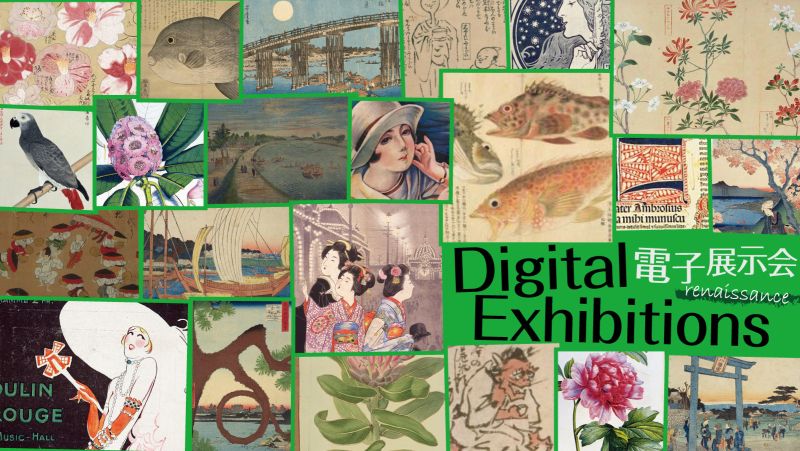A day of spring tide is ideal for gathering shellfish

The spring tide is the best time for gathering shellfish because the ebb and flow of the tide is particularly large during the spring. During the spring tide, people in Edo went to Shibaura, Takanawa, Shinagawa, and Fukagawa-Susaki to gather shellfish. During the spring tide, people would take small boats out in the morning and go offshore to wait for the tide to recede. At noon, they would disembark onto shallow mud flats created by the receding tide, with the boat's bottom resting on the sand. At last, the shellfish gathering would begin and people harvested fish and clams.
This web page will show you how it was done.
This section focuses on shellfish gathering in Susaki. Susaki was a scenic spot called "Fukagawa Susaki Juman Tsubo," in the area around present-day Toyo-cho.
In Toto sanjurokkei: Susaki shiohigari (Thirty-six Views of the Eastern Capital: Shellfish gathering in Susaki), a small boat is depicted near a tidal flat. The women depicted in this nishiki-e are gathering shellfish near the boat they boarded, filling their baskets.
Unexpected events can occur when gathering shellfish. The nishiki-e below depicts an octopus running wild on a tidal flat, causing a fuss among the people around it. This will also be a fun memory.
A woman participating in shellfish gathering removes her sash, rolls up her sleeves with a string, wears a waistband only, and protects herself from the sun with a tenugui towel on her head. Some people came to gather shellfish with their children.
Even after the beginning of the Meiji Era (1868-1912), the same shellfish gathering scenes continued for some time.
The fun of shellfish gathering ends when the tide comes in. The people got back into their small boats and returned with the spoils of their harvest: shellfish. An illustrated book, Shiohi no tsuto (Gifts from the Ebb Tide), depicts the results of gathering shellfish. It seems that a variety of shellfish were collected.
It is no longer possible to gather shellfish in Shinagawa and Susaki due to land reclamation removing the tidal flats. Shellfish gathering, which used to be a spring tradition, is now limited to only a few places in Tokyo, but seafood such as clams, littleneck clams, whelks, octopuses, and squid lined up at stores can signal the arrival of spring.
Related digital exhibition
See also the Kaleidoscope of Books "Catching, selling, and eating fish in the Edo era" (Japanese).
